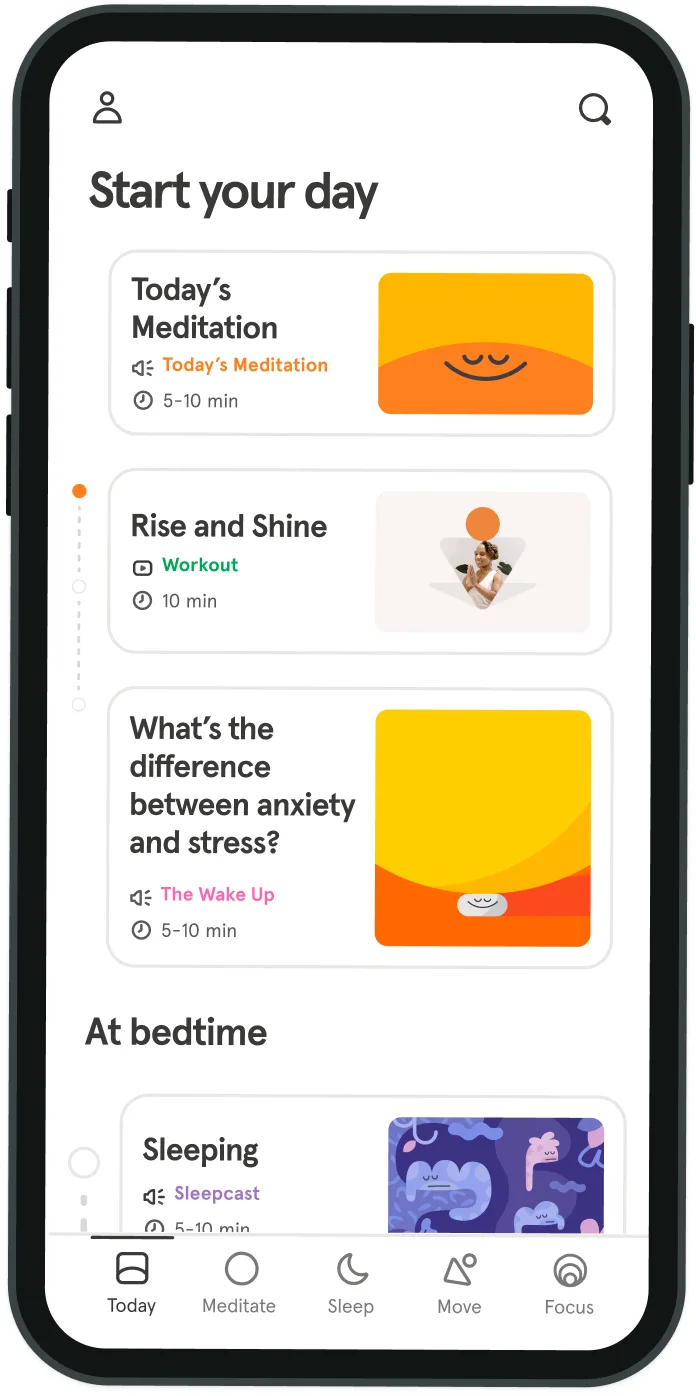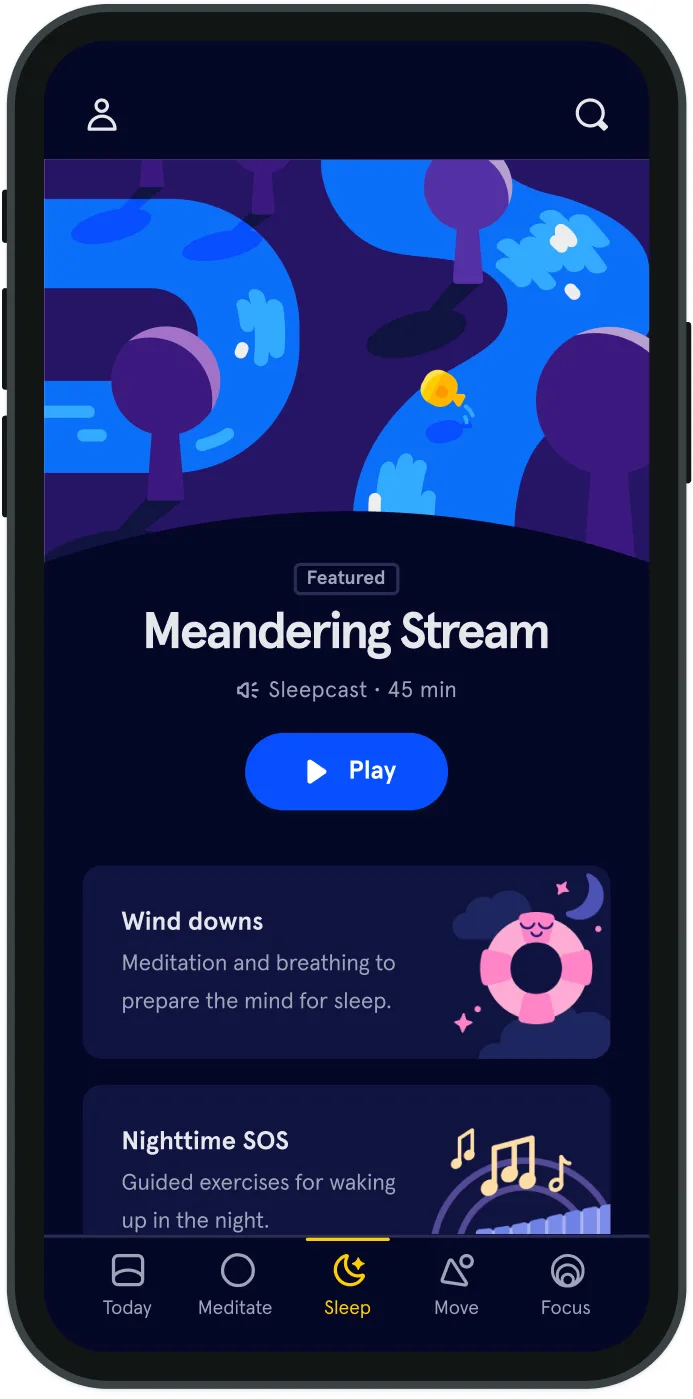Are you getting enough mental exercise with your workouts?
When I start feeling overwhelmed by a sense of discomfort, stress, and melancholy, I force myself to work through a mental health checklist. Did I remember to eat breakfast? Is there a personal issue bothering me? Have I not gotten over that annoying setback from last week? By pinpointing the source of my angst, I’m able to tackle it head-on, work through the muck, and emerge a relatively renewed person.
Throughout the years, though, I’ve noticed a trend: if I cannot identify the source of my crankiness or self-wallowing, I’m most likely in a sedentary rut. There’s even a direct correlation between the length it’s been since my last jumping jack and the strength of my affliction. And here’s the thing, even if I do know what’s bothering me, a quick jog or 45-minute cardio session seems to make whatever hurdle seem that much smaller. This is the magic of the runner’s high, which is not a nebulous myth but a very real, very obtainable sense of elation achieved simply by getting physical. I spoke with several psychologists to learn what the runner’s high is, exactly, and how to balance physical exercise with meditation.
What causes a runner’s high?
Not just limited to runners, a runner’s high occurs when your body undergoes any form of continuous aerobic exercise. “[It] produces endorphins and endocannabinoids, which are feel-good chemicals in the brain that reduce pain and stress while increasing euphoria and relaxation,” explains Mariel Diaz, a licensed psychotherapist. She adds that its mental benefits include: reduced stress and body pain, improved mood, improved memory, focus and concentration, and increased self-esteem; while physical benefits include: strengthened bones and muscles, maintaining a healthy weight, and improved cardiovascular health.
She notes that the high varies for everyone and that an individual’s high can even vary in strength from one workout to another. While the flood of endorphins and endocannabinoids coursing through your body certainly make you feel good, there’s more to it than that, explains Dr. Ariane L. Machin, a clinical and sports psychologist. She says that perceptions about your capabilities also affect the way you think and feel about yourself, and your ability to set and achieve physical goals can lead to a noticeable spike in feelings of elation and pride. “A runner’s high can make us feel very proud, confident in our abilities and progress, and motivated to continue setting and meeting exercise goals,” says Machin. “This can also contribute to great physical health as we are moving our bodies each day in a way that both challenges and contributes to better physical function and cardiovascular health.” Maintaining an exercise regimen can be challenging, but being fully aware of the great mental and physical payoff can perhaps keep you motivated. You can become further motivated by participating in exercises that bring you great joy. Maybe that’s meeting with a local running group every week, hitting the gym after work to play badminton with a buddy, or joining an adult sports league.
Finding a healthy life balance
While I’ve learned that an endorphin and goal-reaching boost can elevate my mood, I’ve also found that sleep, nutrition, and cognitive discipline are important, as well.
“To maintain good physical and mental health, it is important to balance high-intensity workouts, like running, with lower intensity meditative exercises like yoga, tai chi and walking,” says Diaz. “Our bodies are meant to be moved intuitively, not to be forced to do high-intensity exercise all the time. Some days you may feel like running, others you may feel more like yoga, and others you may just need a nap.” Machin wholeheartedly agrees. “In our extremely busy and impatient culture, I personally think it is helpful and necessary to include a meditative aspect with high impact cardio,” she says. “I also think we need to decide what is uniquely beneficial to us. This might include an evaluation of what you personally need in your life, what types of physical fitness and wellness goals you might have, and an examination of what time and resources will facilitate this movement for you.” Whatever wellness goals you decide to set—whether it’s a starting a nightly walk or joining a local sports league—you’ll quickly discover for yourself just how transformative high impact cardio is both mentally and physically. Simply setting those goals and working toward them (even before the runner’s high sets in) can be enough to positively impact your mood.



Be kind to your mind
- Access the full library of 500+ meditations on everything from stress, to resilience, to compassion
- Put your mind to bed with sleep sounds, music, and wind-down exercises
- Make mindfulness a part of your daily routine with tension-releasing workouts, relaxing yoga, Focus music playlists, and more
Meditation and mindfulness for any mind, any mood, any goal

Stay in the loop
Be the first to get updates on our latest content, special offers, and new features.
By signing up, you’re agreeing to receive marketing emails from Headspace. You can unsubscribe at any time. For more details, check out our Privacy Policy.
- © 2025 Headspace Inc.
- Terms & conditions
- Privacy policy
- Consumer Health Data
- Your privacy choices
- CA Privacy Notice
